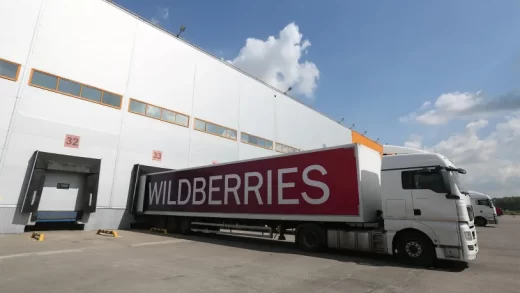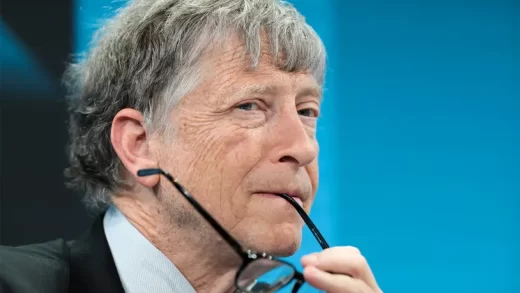Tesla is now the world market leader in electric cars, but ten years ago, at the height of the financial crisis, Ilon Musk’s startup was on the verge of bankruptcy. How did an entrepreneur with a penchant for science fiction manage to create an army of fans, sell hundreds of thousands of electric cars, and become a multi-billionaire?
If you had chatted with a somber Ilon Musk in a hotel conference room in Detroit on a cold January day in 2009, you would hardly have assumed that his startup would become a successful electric-car maker by the end of the first decade of the 21st century. Because of the severe recession, Tesla had almost no spare cash left, the company had just closed its Michigan office and was struggling to deliver Roadster-brand electric cars to its first customers. But a call came in that lifted Musk’s spirits: Daimler agreed to buy Tesla batteries and engines for Mercedes’ fleet of experimental electric cars. The deal was small, but it was the first of many lifelines that helped Tesla stay afloat.
Ten years later, the impulsive, controversial South African-born entrepreneur is on the list of multibillionaires. Forbes estimates his fortune at $26.8 billion. Now Musk is one step away from putting most of the environmentally friendly transportation of the future on the market from his 2006 manifesto plan. There have been many changes in transportation over the past decade – the revolutionary development of carpooling and the launch of Uber by “evil genius” Travis Kalanick, Google’s decisive moves to create the Waymo unmanned car, the commercialization of LIDAR laser sensors for robotic vehicles by Velodyne, unmanned trucks from startups like TuSimple and the mobile apps Waze and Moovit that have helped make driving in cities less of a chore. But no one has played a bigger role than Elon Musk.
Like other clean-vehicle companies, Tesla has received government subsidies to promote alternatives to foreign fuel. Created in a garage in Silicon Valley, the company became a big-name automaker in 2010 when it used a cheap loan from the Department of Energy to buy a mothballed plant in Fremont, California, from Toyota. The lucrative deal helped Tesla introduce the Model S sedan in 2012. The car was a breakthrough, a miracle on battery power that surpassed all expectations and caused Tesla stock to surge. After numerous delays, the company launched the Model X in 2015, an expensive crossover with intricately designed doors in the shape of falcon wings. Musk’s next successful move was the Model 3 sedan, released in 2017 and positioned as Tesla’s first affordable electric car.
Musk, who got his first capital after selling a stake in PayPal, couldn’t figure out how to create a $35,000 Model 3, and endured months of “manufacturing hell.” But by 2018, the Model 3 was the top-selling Tesla vehicle. Next year, Tesla should release a Model Y crossover built on the Model 3 platform. In development are a revamped Roadster, an electric truck, and the controversial Cybertruck, an angular pickup truck that was first unveiled in October 2019.
Musk’s penchant for science fiction has allowed him to build an army of fans, attract hundreds of thousands of Tesla car buyers, and get rich (though he himself has complained that he has relatively little spare cash). Almost all of his capital is about 25 percent of Tesla. Despite the fact that the company did not end any year with a profit, its value increased noticeably after the 2010 IPO. Thanks to investors’ exceptional faith in Musk’s vision, the smallest U.S. automaker, which was on the verge of bankruptcy in 2009, reached a market capitalization of $77 billion (as of Dec. 24), surpassing much larger rivals GM, Ford and Fiat Chrysler.
It has made Tesla the global market leader in electric cars, but over the past decade the company has repeatedly experienced crises such as battery fires, high executive turnover, reported problems at factories (including multiple safety violations in Fremont) and lawsuits over the deaths of drivers using Tesla’s autopilot. Musk himself often found himself at the center of scandal because of his careless comments and insults on Twitter. The former brought him to trial with the Securities and Exchange Commission, which cost him $20 million, and the latter forced him to appear in federal court in Los Angeles after a British diver whom Musk called a “pedophile. The jury decided that the insult was not slander.


